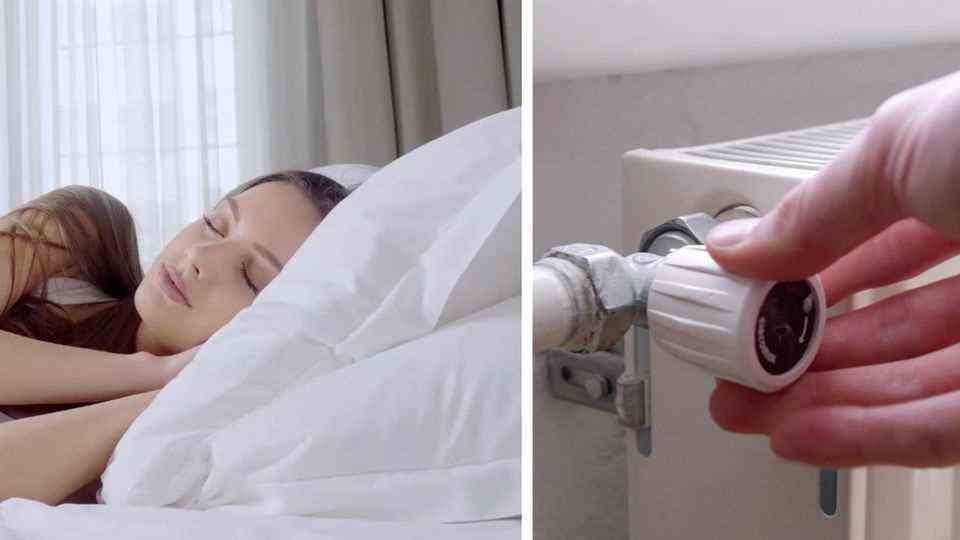Sleep research
Study shows: The best ideas come to us just before we go to sleep
Before falling asleep, the flashes of inspiration come suddenly
© damircudic / Getty Images
Many people are most creative when they fall asleep. This is shown not only by prominent examples, but also by a new study. But you shouldn’t sleep too long.
There is an old legend about the ingenious inventor Thomas Edison (1847–1931). The American is said to have gone to bed with a ball in each hand. When he fell asleep, the balls fell from his hand and Edison was awake again and more relaxed than before. This principle is still often used today for power naps in order to avoid the deep sleep phase.
But the short nap should not only wake up tired spirits, but also provide flashes of inspiration. Or, to put it more precisely: Helping the thoughts that shoot through our heads just before falling asleep. In these moments Edison is said to have come up with his ingenious ideas – including the light bulb – Einstein and Dalí are also said to have used this technique. A study has now corroborated the theory that the best ideas come to us before we go to sleep.
Subjects should solve math problems
French sleep researchers from the Sorbonne University in Paris have published a corresponding study in the journal “Science Advances”. To do this, they simulated Edison’s sleep technique: They gave a group of students math problems. They were then allowed to lie down for 20 minutes with an object in hand. If they dropped the object, the researchers asked what they last thought before falling asleep.
The study found that those students who had reached sleep stage N1 – the transition between wakefulness and sleep – and woke up immediately afterwards, were able to solve the tasks three times more often, i.e. those who had not fallen asleep at all, and even six times more often than participants: inside, who slept more deeply and had reached phase N2.

In their work, the researchers refer to the falling asleep phase as the “creative sweet spot”, i.e. the optimal point at which to come up with good ideas. Delphine Oudiette, neuroscientist and co-author of the study, is already thinking ahead. You can imagine that you can condition people so that they can reach this creative phase on purpose and without sleep, she told the magazine “Scientific American”. To do this, for example, you can play a certain noise when you fall asleep, which the brain recognizes after a while.
Sources: “Science Advances” / “Scientific American”


